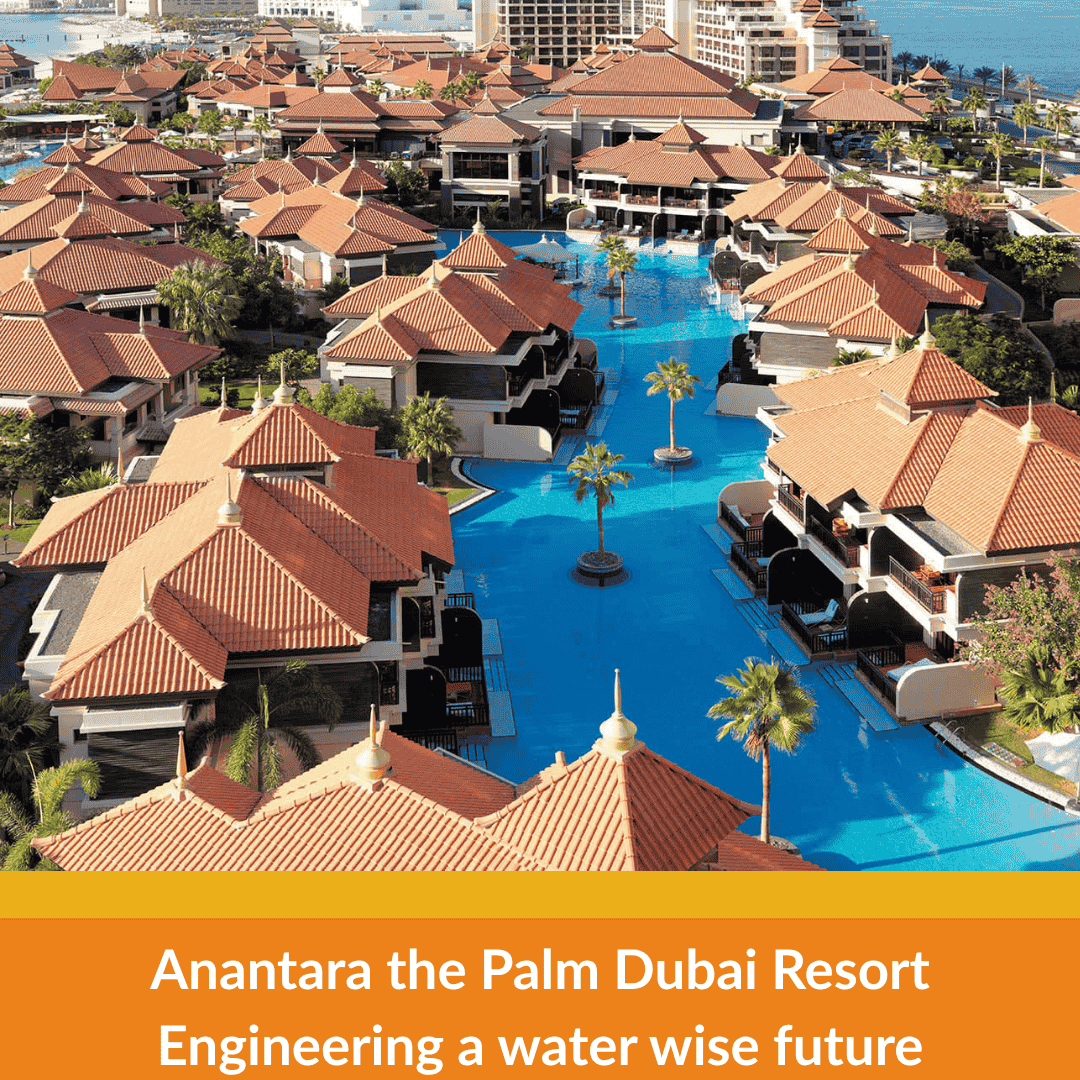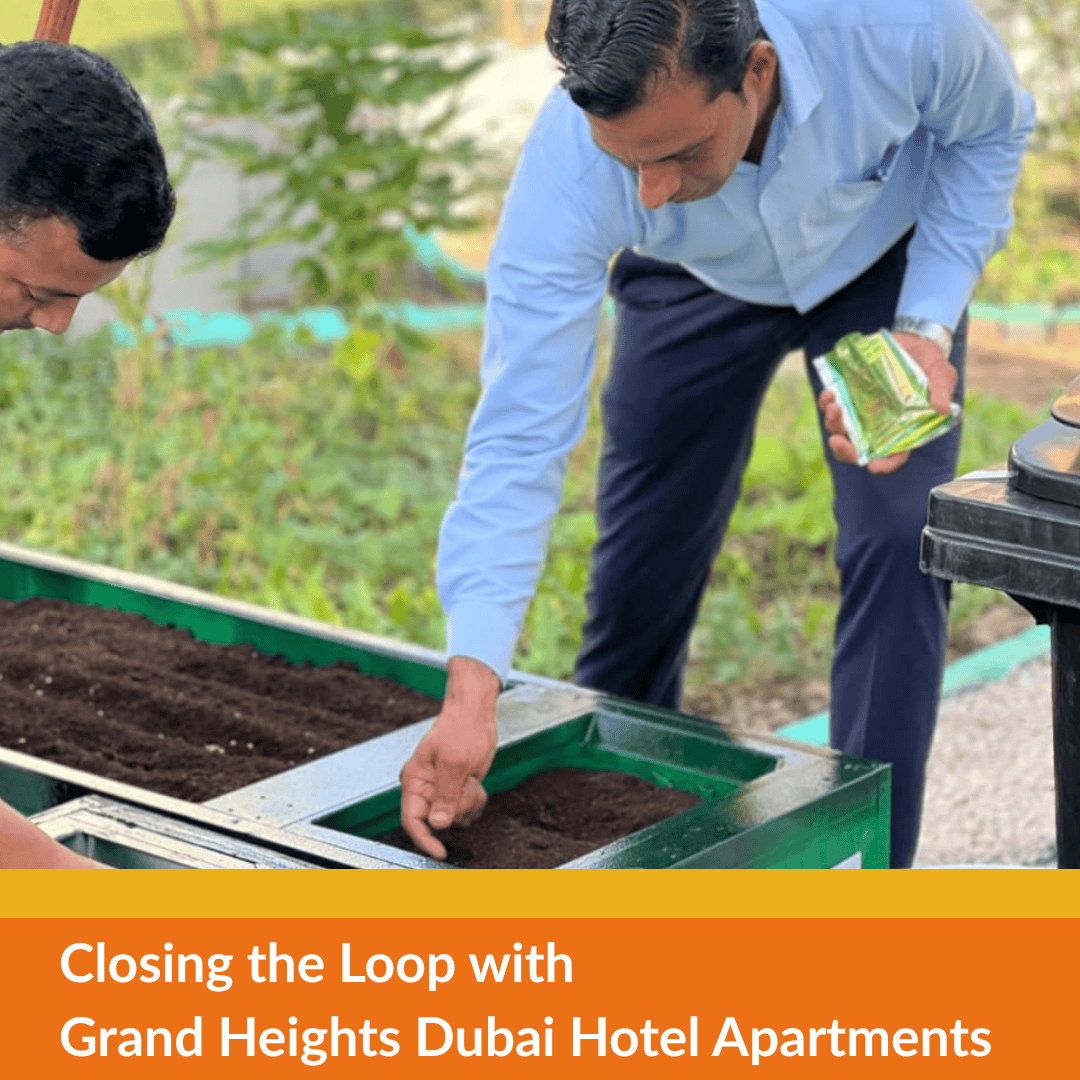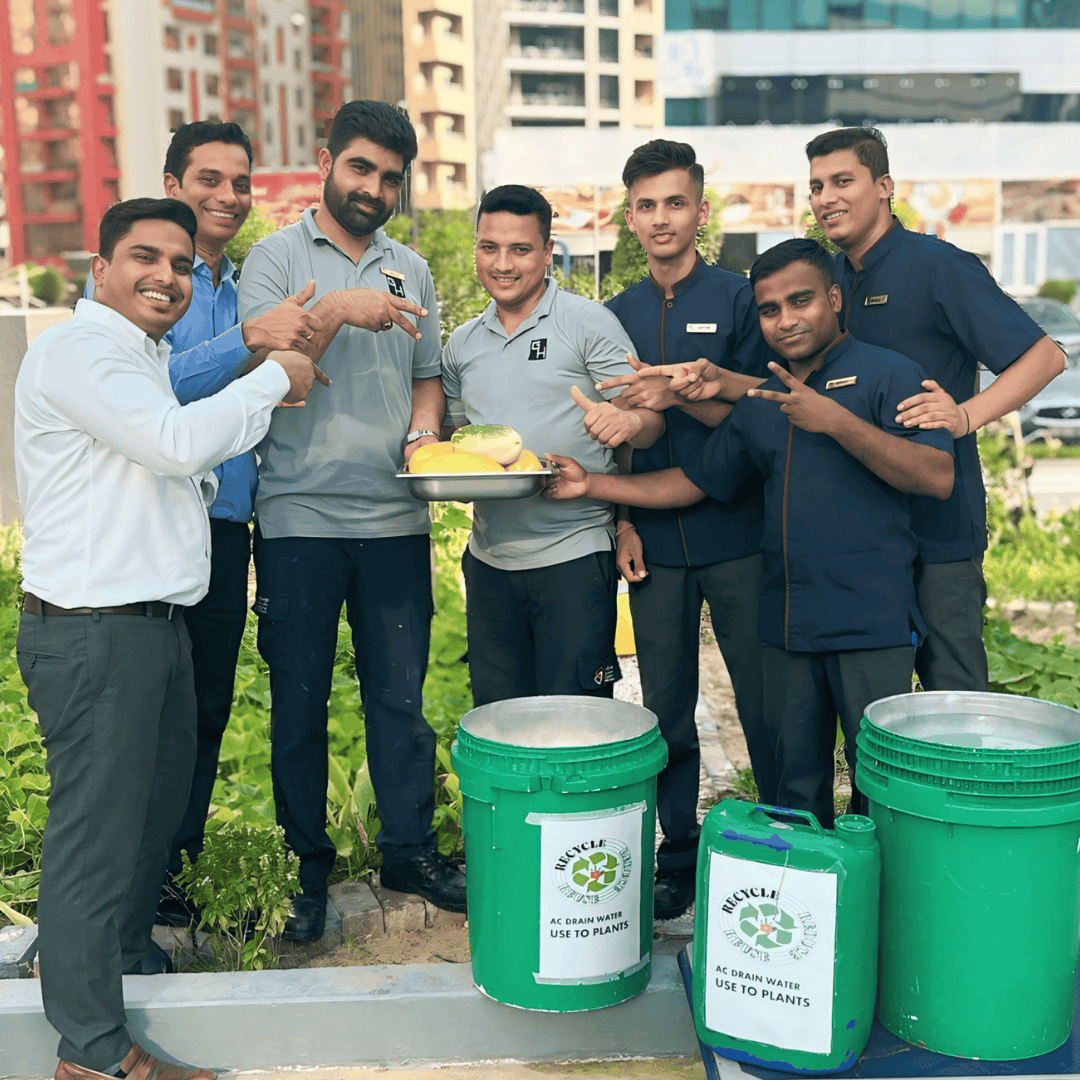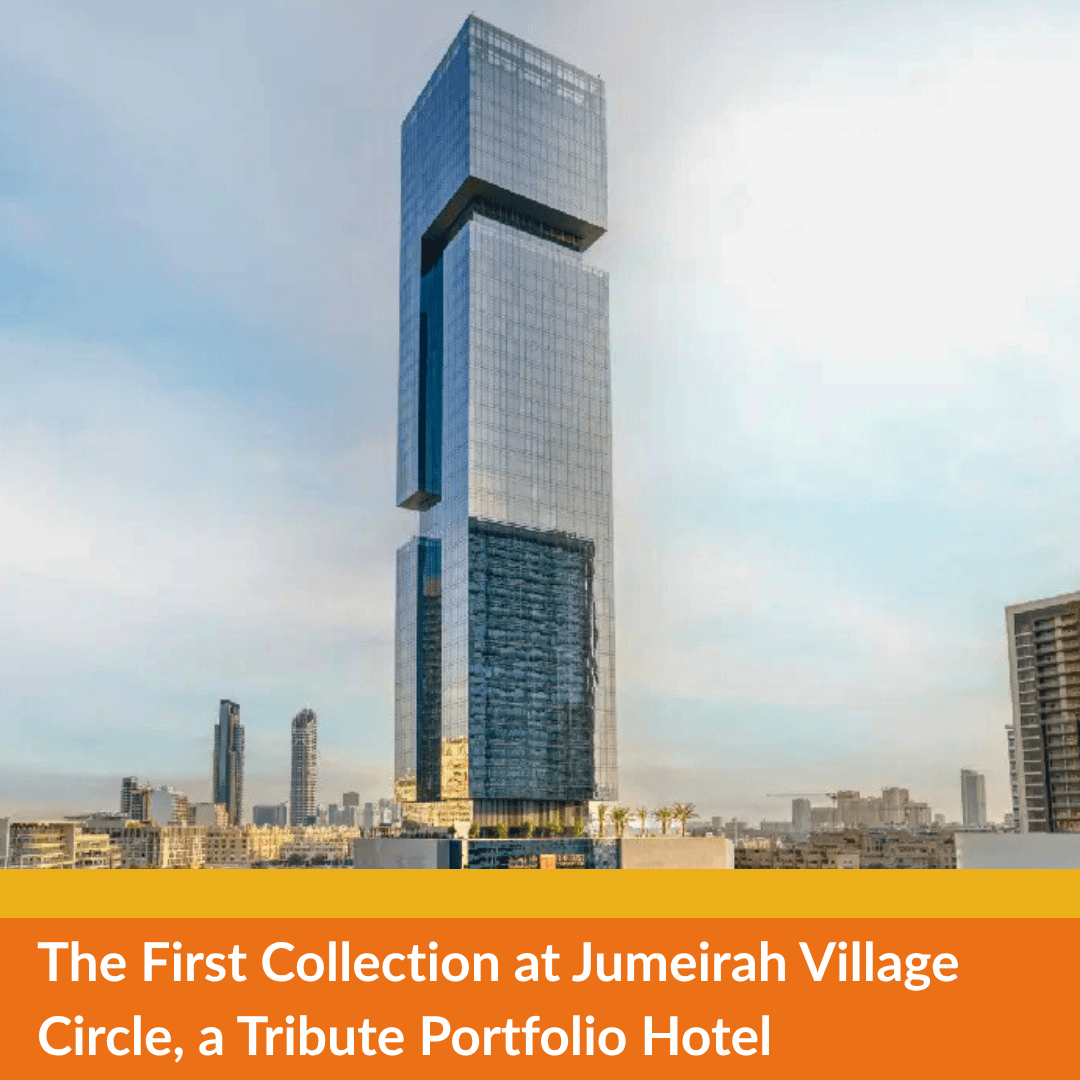Anantara The Palm Dubai Resort – Case Study: Engineering a Water-Wise Future
Turning Water Challenges into Strategic Advantage
Perched on Palm Jumeirah, Anantara The Palm Dubai Resort is renowned for its overwater villas, lush tropical gardens, and three expansive lagoon-style swimming pools holding over 12,800 cubic metres of water. This paradise setting comes with a hidden challenge: meeting the Minor Hotels Group’s mandatory 10% year-on-year water reduction targets in one of the world’s most water-scarce regions.
Hotels can use up to 1,500 litres of water per room per day—often eight times more than local populations (World Sustainable Hospitality Alliance Water Risk Index). With water typically making up 10% of hotel utility costs, tackling consumption is both an environmental and business imperative.
Modernising Infrastructure to Cut Losses
Years of aging infrastructure had quietly undermined water efficiency. In 2023, the resort launched a full-scale leak detection and smart metering programme. Using real-time smart meters and acoustic technology, engineers uncovered 72 underground leaks in the first year alone, followed by another 30 in 2024. These insights became the blueprint for a multi-year infrastructure overhaul to permanently eliminate hidden losses.
By pairing leak detection with comprehensive water sub-metering, the engineering team gained the data clarity needed to analyse usage patterns, identify anomalies within hours, and act before waste escalates.
Smarter Fixtures, Smarter Operations
Hardware upgrades have been just as vital. After replacing room fixtures and showers, public-area faucets, urinals and laundry/kitchen equipment with water-efficient models in 2017–18, the team went further in 2024—completing a second round of fixture upgrades, retrofitting all guest showers to deliver just 8 litres per minute while maintaining guest comfort. This phase alone cut guest-room water use by 35%, while drip irrigation systems and greywater reuse further reduced landscape demand.
The linen reuse programme also saved 109,131 kilograms of linen from laundering in 2024, while partnerships with laundry providers using state-of-the-art laundry systems further conserve downstream water use.
Results That Speak for Themselves
Despite adding a water-intensive on-site bottling plant and managing lagoon pools that evaporate heavily in Dubai’s climate, the resort still achieved a 14% drop in water intensity per room sold and a 13% drop in actual consumption year-to-date as of July 2025 vs the same period in 2023. Crucially, these reductions came while guest satisfaction and operational quality remained uncompromised — proving that conservation and luxury can align.
Beyond the Hotel Walls
Anantara The Palm Dubai Resort recognises that water stewardship doesn’t stop at the property boundary. The resort:
- Shares consumption and intensity data with the Dubai Department of Economy and Tourism via the DST Carbon Calculator, supporting city-wide sustainability planning.
- Embeds sustainability principles into its Supplier Code of Conduct, encouraging suppliers to improve resource efficiency and reduce water footprints in their operations.
- Is increasingly prioritising low-water-footprint procurement—and aims to expand this work across its wider supply chain.
Lessons for the Industry
In a region where water scarcity is among the most pressing risks, Anantara The Palm Dubai Resort shows that water stewardship can become a strategic advantage. By aligning clear targets with smart technology and everyday operational practices, the resort offers valuable learnings that other hotels can build on.
Lessons Learned: Meters, monitoring and maintenance matter. Without them, efficiency upgrades are guesswork. With them, they are transformative.
Read other hotel case studies on other intriguing sustainability initiatives taking place around the UAE.
If you’re looking to cut the carbon footprint for your hospitality business, browse through our Marketplace – a platform for verified solutions that support reduction in emissions.







